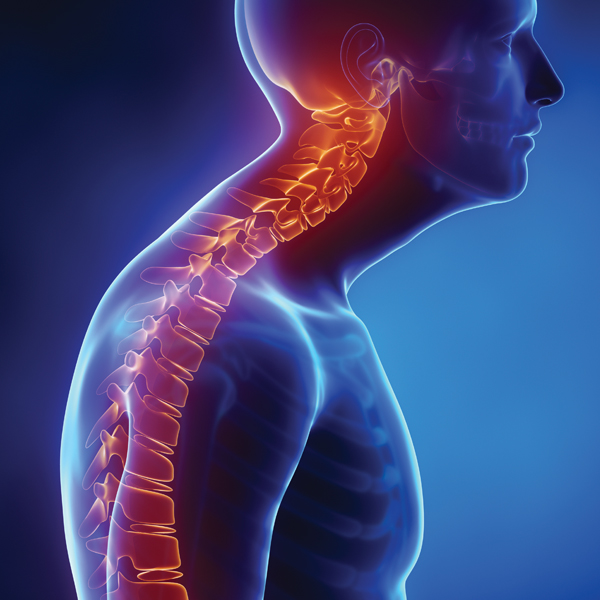Spinal Fractures

Vertebra compression fractures are small cracks in the vertebrae, which make up your spinal column. The breaks occur on the front of each bone, which can lead to the spine weakening and collapsing. When a vertebra fractures, the usual rectangular shape of the bone becomes compressed and distorted. Compression fractures may involve the collapse of one or more vertebrae in the spine.
This can impact your posture, cause chronic pain, inhibit your range of motion, and lead to problems with bladder or bowel control.
What causes compression fractures?
- Osteoporosis is a disease that results in a loss of normal bone density, mass and strength, leading to a condition in which bones are increasingly porous or full of small holes and vulnerable to breaking.
- Vertebrae can also become weakened by cancerous tumors that have spread to the spine.
- Injuries like falls, car accidents and other types of physical trauma to the back can also cause fractures.
Cleveland Clinic
Am I likely to develop compression fractures?
Certain risk factors can increase your likelihood of developing fractures, including –
- Menopause
- A condition that weakens the bones (osteoporosis)
- Being 50 or older
- A prior history of compression fractures.
Fractures are relatively common, with 40-50% of people 80 or older having experienced a fracture1.
What treatments are appropriate for spinal fractures?
Vertebroplasty and kyphoplasty are minimally invasive procedures that can improve this condition.
- Vertebroplasty uses a type of X-ray called a fluoroscopy to guide a needle into a compression fracture, and then a special type of bone cement is injected into the fractured vertebrae. The cement hardens, stabilizing and strengthening the bone.
- A variation of this procedure, called kyphoplasty, features a balloon that is inserted into the vertebral body and inflated to restore the bone to a more natural position. When deflated, the balloon creates a hollow cavity that is replaced by bone cement. Both procedures provide immediate pain relief in most cases.
Request your appointment to undergo diagnostic imaging and learn more about your options.
By submitting this form you agree to be contacted via phone/text/email.

